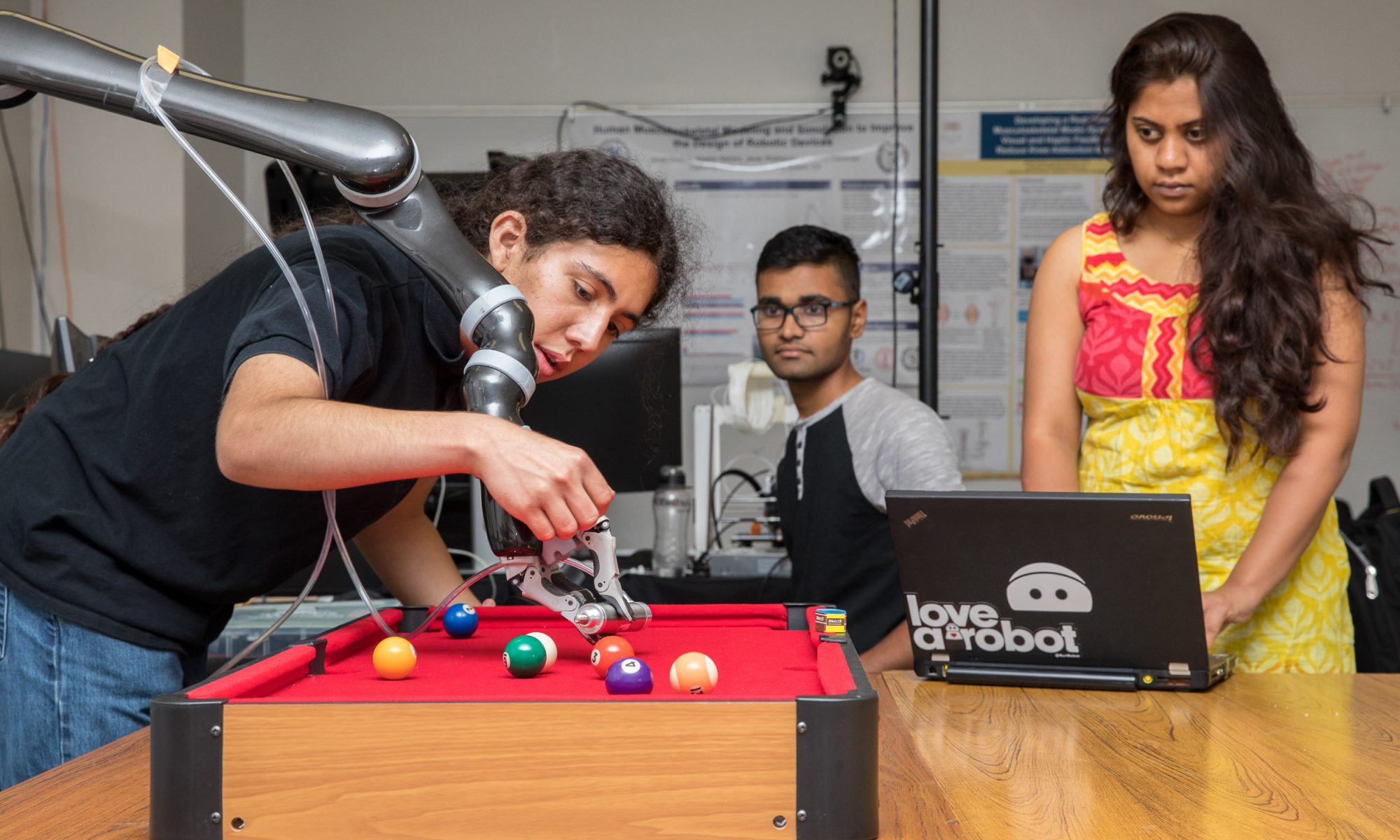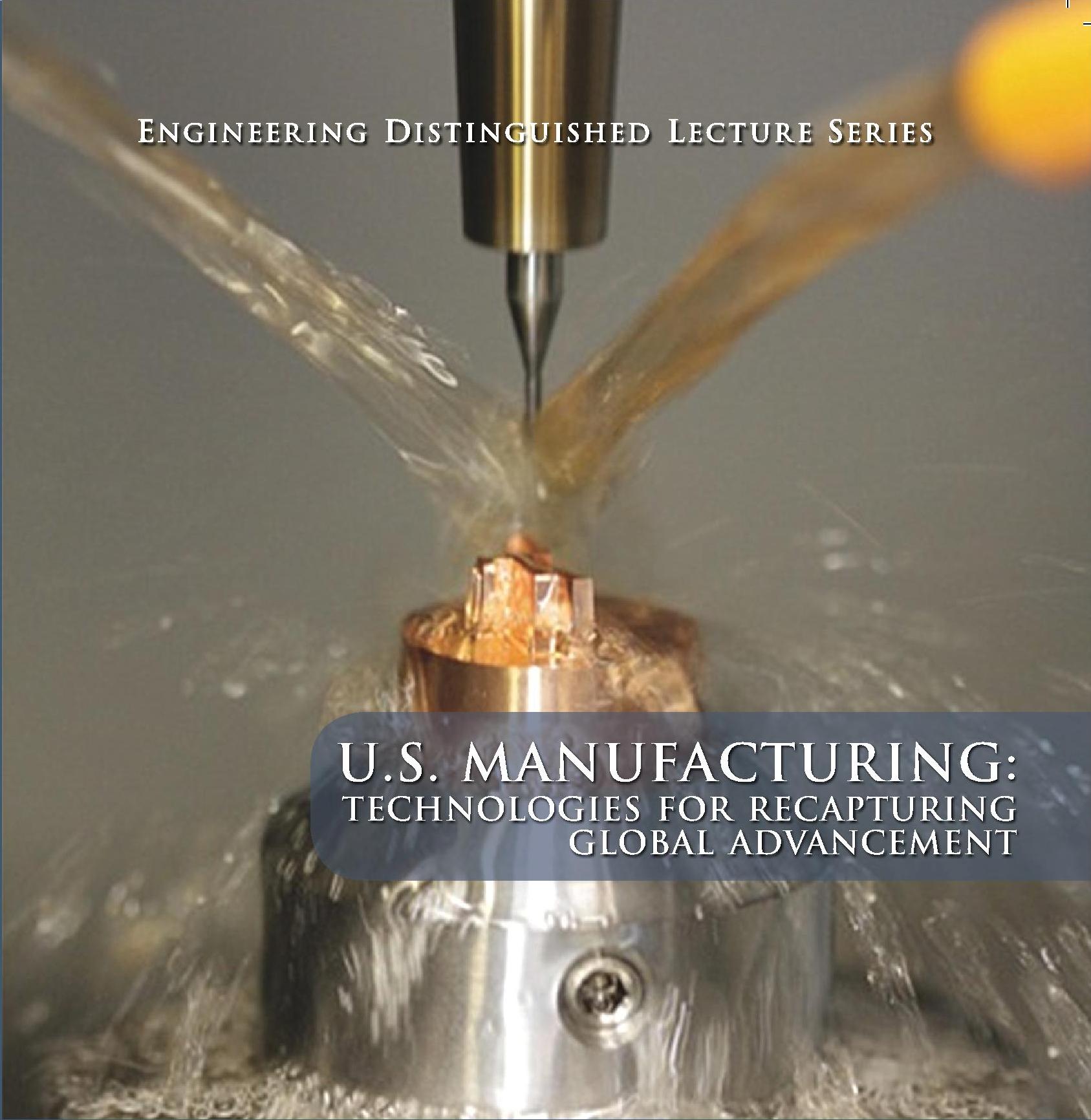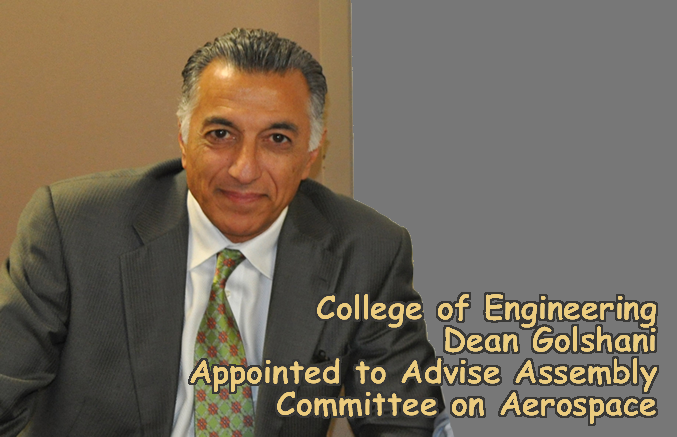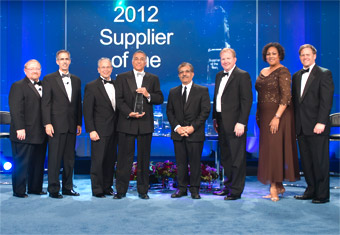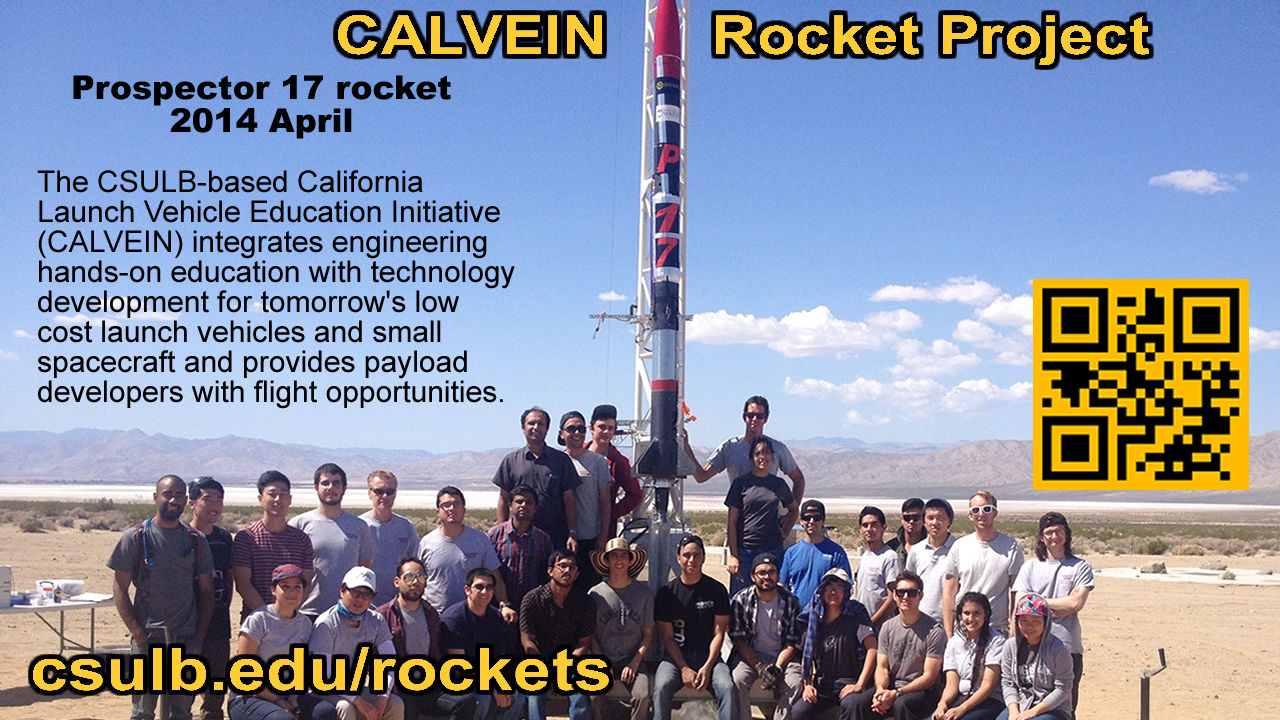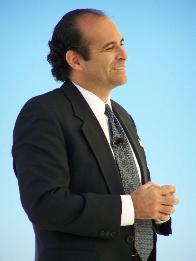Did you know that if the top 500 U.S.-based manufacturing companies were counted as an independent nation, their total revenue would rank them as the third largest economy in the world! Yet, the US manufacturing sector has experienced substantial job losses at an alarming rate over the past two decades. Since the historical peak in the late 1970s, fewer and fewer jobs have been created in the manufacturing sector. In fact employment in manufacturing is now at its lowest since 1950.
Dean Golshani Appointed to Assembly Committee on Aerospace
News @ The Beach
California State University, Long Beach (CSULB) College of Engineering Dean Forouzan Golshani was appointed recently to advise the Assembly Select Committee on Aerospace chaired by Assemblyman Al Muratsuchi (D-Torrance).
“I am pleased to have Dr. Forouzan Golshani join the Aerospace Advisory Council. He brings a wealth of knowledge as Dean of the College of Engineering at California State University, Long Beach, and I look forward to working with him and the council to support California’s aerospace industry,” said Muratsuchi.
As a member of the aerospace advisory committee, Goshani said he hopes he can help to bridge the gap between academic research and the types of policies enacted by policy makers.
“It’s an honor,” said Golshani. “It’s a great opportunity to offer input into things that matter. I have been specifically cognizant of the divide between technology and policy areas. The more Californians who are aware of technology, the more who will be better able to assess things from a modern technological perspective. I’m particularly pleased to be called upon to be a part of this committee.”
Golshani also believes he can make the biggest contribution to the issue of aerospace manufacturing revival.
“Manufacturing revival has diminished during the past two decades,” he said. “That is very unfortunate because, when you look at what made Southern California what it is, and at the iconic images of Southern California, they were from aerospace. Several things that many people identify Southern California with have their roots in the aerospace sector. We have seen a rapid erosion of this industry in Southern California. Boeing has downsized and Northrop has consolidated. The ability of this state to be the powerhouse of the nation has diminished. I hope we can help maintain this state’s supplier base to the local aerospace industry. That is still a huge advantage for the state’s economy.”
The meetings usually take place in the South Bay area and the next advisory committee meeting is anticipated to be sometime this month. Other committee members represent a wide range of organizations including including well-known aerospace companies like Boeing, Northrup Grumman and Lockheed Martin.
Advising an Assembly Select Committee will be a new experience for Golshani. “I have not participated directly to such an extent in the legislative process. Although I’ve been on multiple delegations that traveled to Washington D.C. to talk with members of Congress,” he said. “My interactions with this committee of experts will enable us to align our academic and educational objectives with the state’s highest needs. I don’t see my role as that of an advocate specifically for just the university. The advisory committee must make sound recommendations for all the region. Generally, I see this committee as an advisory committee to bridge the area of technology with the area of setting policy. That is a powerful mix. If there is an opportunity to help engineering colleges at CSUs and UCs, that is an added benefit.”
Golshani works closely with his college’s Dean’s Advisory Council–a group of more than 20 senior executives from the regional high-technology companies. “My work with our local industries has helped to inform me about the special committee’s goal,” he said. “Our advisory council comes together three times a year. We go over what matters to the industry and what affects CSULB and the College of Engineering. That is a great basis for formulating my advice to the members of the California Assembly about technology in general and specifically aerospace technology.”
As College of Engineering dean, Golshani has gained a clear perspective on Southern California’s aerospace industry.
“As I study the reasons for the erosion of the aerospace industry in Southern California, a number of factors come to light,” he explained. “Many of these reasons are related to Sacramento directly or indirectly. They include, for example, antiquated laws, including some environmental regulations. Too often, outdated laws remain on the books and they cause confusion and extra work for government and business because compliance becomes a much more difficult task when there is no clarity to the laws.
“In addition, many industries who leave California move to right-to-work states,” he added. “I hope to look at how to create a more level legal playing ground to help businesses stay in California. At the very least, we must work to see that outdated laws are not the reason businesses move out of the state. Another area that would be good to look at are the incentives provided to businesses extensively by other states. It is a matter of calculating dollars and cents to see what tax benefits would be lost if a business that generates employment moved out of the state. There are things I and the rest of the advisory committee can analyze on behalf of the Legislature to inform them about how we might be able to make the state of California more competitive.”
Golshani came to CSULB from London’s Imperial College, Wright State University and Arizona State University. He earned his bachelor’s degree in industrial engineering from the Arya Mehr University of Technology in Iran, his Master of Science degree in engineering systems in 1979 and his Ph.D. in computer science in 1982, both from Warwick University.
Golshani believes his appointment demonstrates the seriousness with which the state considers the aerospace industry.
“The issue of aerospace manufacturing is huge,” he said. “The White House takes it seriously enough to offer a $1.3 billion federal funding to Southern California this month through a research center at USC which will benefit many partnering agencies across the region. Everything indicates this is timely and that it is important for us to be strategizing collectively how we can put this state on the right track.”
COE Receives Boeing’s Supplier of the Year Award
PHOTO COURTESY OF BOEING CO
The College of Engineering was recently presented with Boeing’s “Supplier of the Year” award for providing exceptional performance and contributions to Boeing’s overall success. The COE, along with 16 companies, received the award during a ceremony held at the San Diego Convention Center.
The selection of the COE was on the basis of a longstanding relationship that included a consistently superior pipeline of talent, many successful collaborative projects, and partnership on research and development efforts. “These partners have gone above and beyond the call to help Boeing provide the best, most affordable products and services possible,” said Jack House, leader of Boeing Supplier Management.

The COE was honored in the category of “Academia” for its outstanding performance as a strategic university. “This award is a wonderful validation of our efforts to support regional socioeconomic development and to partner with Southern California business and industry,” says Forouzan Golshani, dean of the College of Engineering. “Our long and multifaceted relationship with Boeing has included numerous research and development projects, educational initiatives, student scholarships and support, and the Boeing Endowed Chair in Manufacturing—not to mention the fact that more than a few of their engineers have come from our program.”
At the Boeing Supplier of the Year Award ceremony were (l-r) Jack House, Boeing enterprise leader, Supplier Management; John Tracy, Boeing senior vice president and chief technology officer; Paul Pasquier, Boeing Engineering, Operations and Technology vice president, Supplier Management; CSULB Dean for the College of Engineering Forouzan Golshani; CSULB Associate Dean for the College of Engineering Hamid Rahai; Stan Deal, Boeing Commercial Airplanes vice president, Supply Chain Management; Joan Robinson-Berry, Boeing Shared Services Group vice president, Supplier Management; and Kent Fisher, Boeing Commercial Airplanes vice president, Supplier Management.
CALVEIN Rocket Project
The CSULB-based California Launch Vehicle Education Initiative (CALVEIN) integrates engineering hands-on education with technology development for tomorrow’s low cost launch vehicles and small spacecraft and provides payload developers with flight opportunities.
Alumni Spotlight: Chris Hernandez
By Todd Howard
When College of Engineering alumnus Christopher Hernandez began his internship at Rockwell International 36 years ago, he was still a high school student at St. John Bosco High School in Bellflower. Though only a teenager, he already understood that aerospace technology would be making increasingly significant contributions to civilization in the coming decades, and that he wanted to be involved with making them happen. Little did he realize just how substantial aerospace’s contributions would be, however, or how integral his role would be in bringing them to pass.
During his 36-year career, Hernandez has held key leadership positions in numerous high-stakes, cutting-edge aerospace projects, such as NASA’s Space Shuttle, and the US Air Force’s B2 Stealth Bomber. As chief engineer of the Stealth Bomber program, for example, he oversaw the aircraft’s first combat mission, which took place during the Kosovo War.
“These were very tense times,” said Hernandez. “This was the very first time our engineering efforts were going to be put to a real-world test. We were either going to be successful or we were going to risk lives.”
As any aviation buff can tell you, the B2 Stealth Bomber’s combat debut went down in history as a phenomenal success. The aircraft performed as designed on numerous 30-plus hour missions from Whiteman Air Force Base in Missouri to the war zone and back, and contributed significantly to the end of that conflict.
Hernandez would then go on to advance a very different kind of aviation technology by serving as head of Northrop Grumman’s Unmanned Systems program for three years. In this position, he was tasked with meeting the U.S. Department of Defense’s exponentially increasing need for unmanned aircraft systems to perform a range of crucial functions.
“In those days, we had seven unmanned systems in engineering development, and we were hiring people and expanding our facilities as fast as we could to keep up with the demand.” said Hernandez. “Though the technical challenges of those efforts were plentiful, the energy that came with meeting them made for exciting times.”
Today, Hernandez serves as chief technology officer for Northrop Grumman’s Aerospace Systems, and is responsible for advancing new key technologies for all of the company’s air and space programs. This requires him to effectively integrate the efforts of nearly twenty-five thousand employees in a range of divisions within the company, as well as those of several major suppliers and partnering universities.
Hernandez is also extremely active in the community, serving as vice chair of the Dean’s Advisory Council for the College of Engineering at CSULB, as a member of the Mexican American Opportunity Foundation, as chairman of the Aerospace Industries Association’s Technical Operations Council, and as a volunteer with the Boy Scouts of America. Though he has helped to realize some of the most ambitious achievements in aerospace history, it is his philanthropic and volunteer work that he finds the most significant. “While my career has been very rewarding, nothing compares with the feeling I get from giving back to the community,” said Hernandez.
